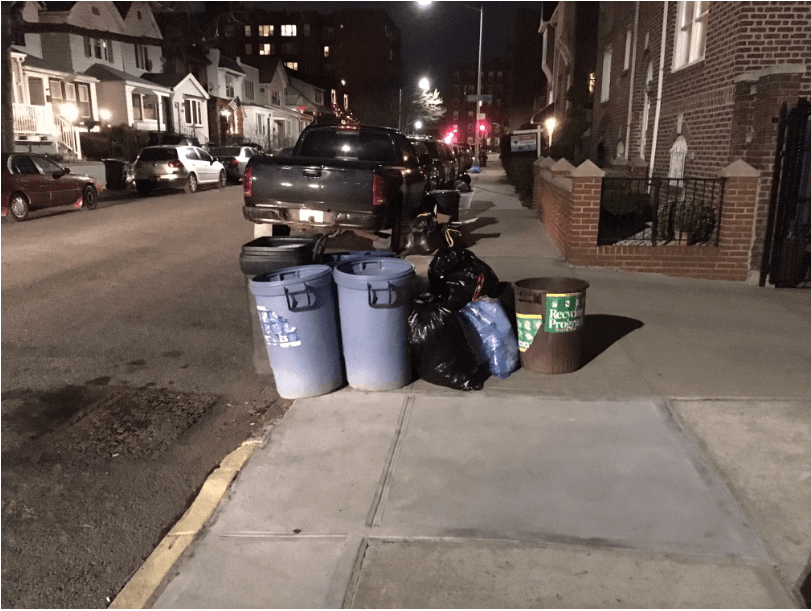Trash Talking: Residents of Four Private Bay Ridge Streets Still Waiting for Court Decision on Garbage Pickups

It’s been a year and a half, and residents on four of Bay Ridge’s private streets are still eagerly awaiting a decision from a New York State Supreme Court judge whether the Department of Sanitation (DSNY) will be required to resume picking up refuse from in front of their homes.
As of March 13, 2017, the agency no longer collects rubbish and recycling on Wogan Terrace, which is off 94th Street between Fifth Avenue and Fort Hamilton Parkway; Hamilton Walk and Lafayette Walk, which are perpendicular to 94th Street, between Third and Fourth Avenues; and Barwell Terrace, which is off 97th Street between Third and Fourth Avenues.
Residents of the four streets were notified by DSNY in a letter prior to the cessation of service in front of their homes to put their trash and recycling on the public sidewalk adjacent to their block, where it can be collected from the public street, a directive that not only was disruptive to them but also to their neighbors, whose homes are adjacent to their private street.